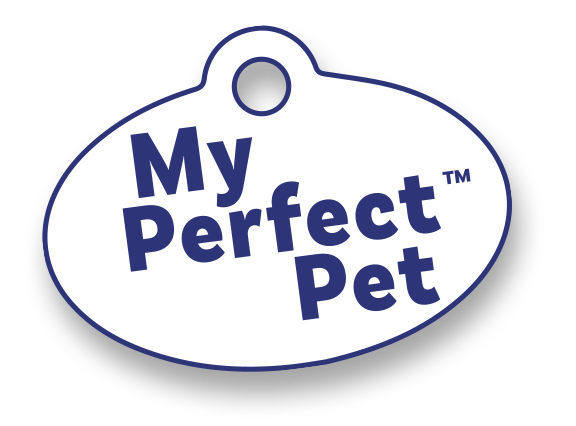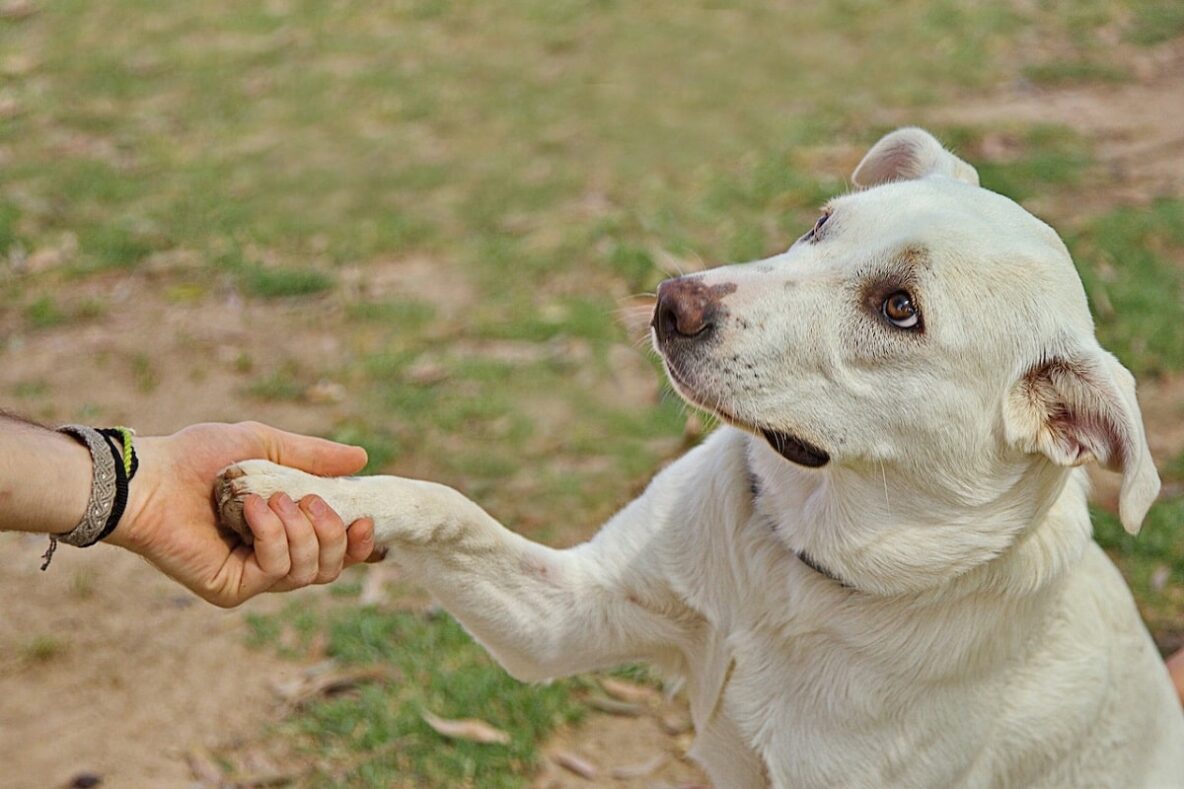A well-trained dog is a joy to be around. What’s more, training keeps your dog safe. If your dog listens and follows commands, you can stop him from getting into unpleasant or even unsafe situations.
Every dog should know these 10 commands:
1. Sit
Sit is one of the first commands many people teach. A dog that is sitting isn’t running or jumping. That means your dog isn’t escaping into the road or giving an over-effusive greeting. Sitting can also help an excited dog settle down while you get dinner or prepare for a walk.
A good exercise to practice when your dog is off leash and roaming around is to give the Sit command and train the dog to Sit on command regardless of the situation. Training to sit on command, even when at a distance from the dog, can be a lifesaver for situations where you can avoid a potential hazardous incident by commanding your dog to sit, thus keeping him out of harm’s way.
2. Down
 Down means different things to different people. The key is to be consistent so that your dog knows what you mean. Down most often means lie down, with belly to the ground. Down is often used when wanting the dog to remain in a particular location for some period of time, like when you are dining with your dog at a pet friendly restaurant. Down may be followed by Stay.
Down means different things to different people. The key is to be consistent so that your dog knows what you mean. Down most often means lie down, with belly to the ground. Down is often used when wanting the dog to remain in a particular location for some period of time, like when you are dining with your dog at a pet friendly restaurant. Down may be followed by Stay.
3. Stay
Often paired with sit or down, Stay is useful for getting your dog to maintain a stationary position. Stay helps keep dogs out of trouble or out of your way. It also trains dogs to wait and let’s them know you are boss. Stay can be difficult for dogs, so practice in very short sessions and build up to longer times.
4. Off
Sometimes people say Down when they want the dog to get off of something. Down may mean get down from the counter or don’t jump on our guest or get off the sofa. Down is a fine command for these situations as long as you are consistent with your commands so that your dog knows what to do. However, many people use Down for lie down and Off for these other situations.
5. Come
Recall is essential for safety and for ease of interaction with your dog. If your dog responds well to Come, you can get him back if he starts to follow his nose or chase a ball into the street. You also can get your dog to come in from playing in the yard or to come to you for medicine, nail clipping, or even snuggles.
6. Leave It
Have you ever had your dog find something smelly and oh so interesting while you’re out for a walk? Or maybe you’ve dropped something and you don’t want your dog to gobble it up. Leave It is the command for these situations. Leave It lets your dog know that something she’s headed for isn’t for her.
7. Drop
Of course, sometimes your dog will get something you don’t want him to have. It might be a child’s toy, your favorite shoes, another dog’s bone, or something dangerous to eat. Whatever it is, you want your dog to release it. Drop It lets your dog know it’s time to let it go. While Drop has clear safety purposes, it’s also handy for play. When you say Drop in play, your dog knows it’s time to give up a toy, such as a ball, for you to throw again.
8. Heel
Heel gives you better control of your dog during walks. This command keeps your dog to your side (usually the left side so that others can anticipate which side of you your dog will be on for passing). This reduces pulling and makes the walk more comfortable for you. It also puts your dog in a better position to meet people or other dogs along your walk. Variations include With Me or Let’s Go. Again simply be consistent with your wording.
9. Free or Release
Just as important as teaching your dog the above commands, is letting him know when he is Free or Released from the command. If you tell your dog to sit or stay, but never tell him when the command is ended, you are essentially letting your dog decide when to decide it is okay to do something else. By teaching the dog that there is a beginning and an end to commanded behaviors, you reduce the stress of uncertainty for both of you by making it clear when he is under command and when he is free to make his own choices.
Free is a useful command at feeding time too. Instead of your pup attacking the bowl or circling you while you put dinner down, have your dog Sit and wait for you to give the Free command. Teaching your dog to wait for the Free command before taking a treat from you is also a good way of teaching them it is not okay to grab food from your hand, but wait until being told he is free to do so.
10. Place
When the doorbell rings, does your dog race to beat you to the door? And is he always the first to greet visitors? A great solution is to have a “place” identified where you train your dog to go on command, and wait there until being told he is free to move about.
The Place should be easily recognizable and somewhere your dog feels safe and comfortable. It can be a bed, a blanket on the floor, or even a beach towel on the ground, any place that the dog knows to go on command and wait.
Then when the doorbell rings, you can tell your dog to go to his place, while you greet your visitors, and wait until you are ready for him to come and greet. This is also useful when visiting parks or other locations where you want your dog to stay in one place, giving him a clear and familiar boundary for relaxing.
Training doesn’t have to take a lot of time, but it does take consistency and firmness. Consistency is critical, because anytime you don’t enforce a command, you are essentially training your dog that obedience is optional. Even when enforcing a command is not convenient for you, it is important that your dog learn that there is expected behavior for every command, and ignoring it is not an option. Treats help especially when you are introducing new commands. Praise, cuddles, and play can be great motivators as well all. Teach your dog these 10 commands for safety and for a companion you and others will enjoy being around.

